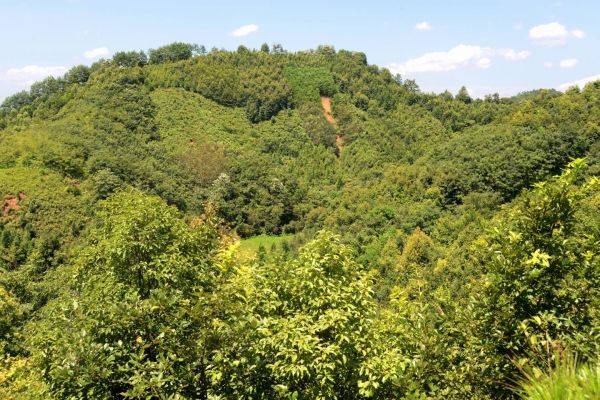Species-rich subtropical forests can take up, on average, twice as much carbon as monocultures. This has been reported by an international research team in the professional journal SCIENCE. The study was carried out as part of a unique field experiment conducted under the direction of Martin Luther University Halle-Wittenberg (MLU), the German Centre for Integrative Biodiversity Research (iDiv) and the Chinese Academy of Sciences. The experiment comprises forests grown specifically for this purpose in China; for the study, data from experimental plots with a total of over 150,000 trees were analysed. The researchers believe that the results speak in favour of using many different tree species during reforestation. Thus, both species conservation and climate protection can be promoted.
In the year 2009, BEF-China began as a unique forest experiment; combinations of trees comprising different numbers of species were planted – from monoculture to species-rich forest with 16 different tree species. After eight years, such a species-rich forest stored in its above-ground biomass an average of 32 tons of carbon per hectare. By contrast, an average monoculture stored only 12 tons per hectare; not even half the quantity of the species mixtures. During photosynthesis, the plants absorb carbon dioxide from the atmosphere and convert the carbon to biomass. When a forest stores more carbon, this helps reduce greenhouse gases and, at the same time, also indicates high forest productivity.
That biodiversity increases productivity had previously been demonstrated through experiments in grassland ecosystems in Europe and the USA, for example in the Jena Experiment in Germany. By contrast, since it was assumed that all tree species occupy similar ecological niches, a minimal effect of biodiversity was conjectured for forests. Evidently, however, this assumption was wrong, as Prof Helge Bruelheide of Martin-Luther-University Halle-Wittenberg, co-director of the iDiv research centre reports; "In the forestry experiment, biomass increased just as quickly as in the grassland ecosystems. As a result, even after just four years, there were clear differences between the monocultures and the species-rich forests."
Read more at German Centre for Integrative Biodiversity Research (iDiv) Halle-Jena-Leipzig
Image: For the BEF-China experiment, about ten years ago, forests were planted on more than 500 plots varying in the number of tree species. The different plots are easily distinguishable today. (Credit: Helge Bruelheide)


